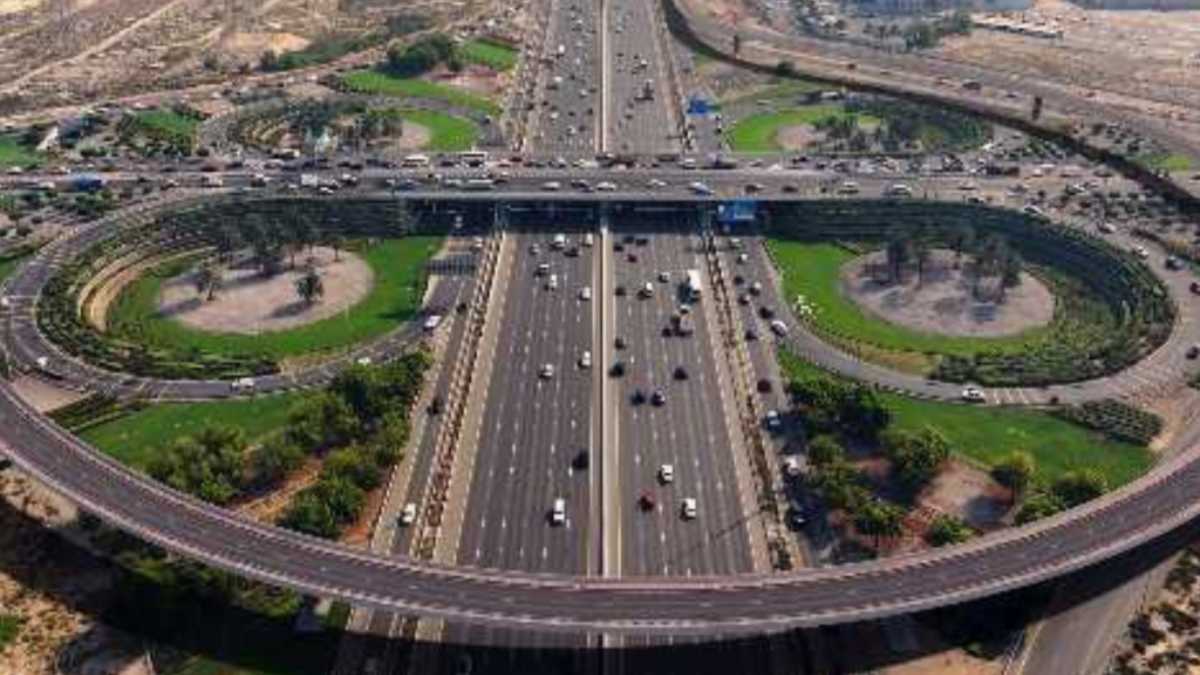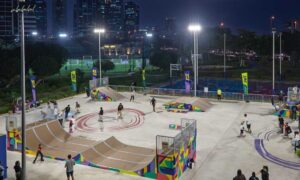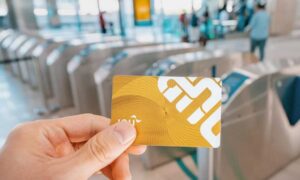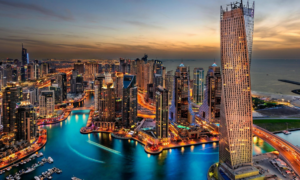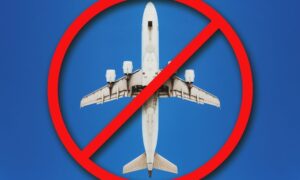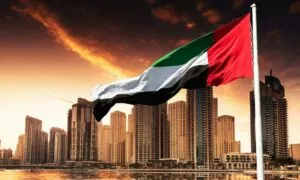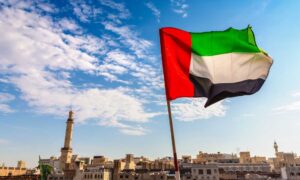Dubai, a city known for its dynamic growth and vibrant lifestyle, attracts people from all over the world. However, this influx of residents and visitors has led to increased pressure on the city’s transportation infrastructure, particularly its roads. Fortunately, the Roads and Transport Authority (RTA) of Dubai is actively working on several ambitious projects to alleviate traffic congestion and enhance the overall commuting experience for residents and tourists alike.
Al Khail Road Expansion: Enhancing Connectivity and Efficiency
One of the most significant road projects underway in Dubai is the expansion of Al Khail Road. This project involves the construction of bridges and the widening of roads to improve traffic flow along a 6,820-meter stretch encompassing key areas such as Zabeel, Meydan, Al Quoz 1, Ghadeer Al Tair, and Jumeirah Village Circle. With a budget of Dhs700 million, this initiative aims to facilitate smoother movement of vehicles, particularly towards Abu Dhabi and Deira.
Dedicated Taxi and Bus Lanes: Promoting Sustainable Mobility
Recognizing the importance of public transportation in reducing traffic congestion, the RTA is implementing plans to develop dedicated taxi and bus lanes spanning approximately 13.1 kilometers across six major streets in Dubai. Scheduled for completion between 2025 and 2027, this project aims to extend the city’s network of dedicated bus lanes to 20.1 kilometers, encouraging residents to opt for public transport over private vehicles. By shortening travel times and enhancing the efficiency of taxi services, these lanes are poised to significantly improve the overall transportation experience in Dubai.
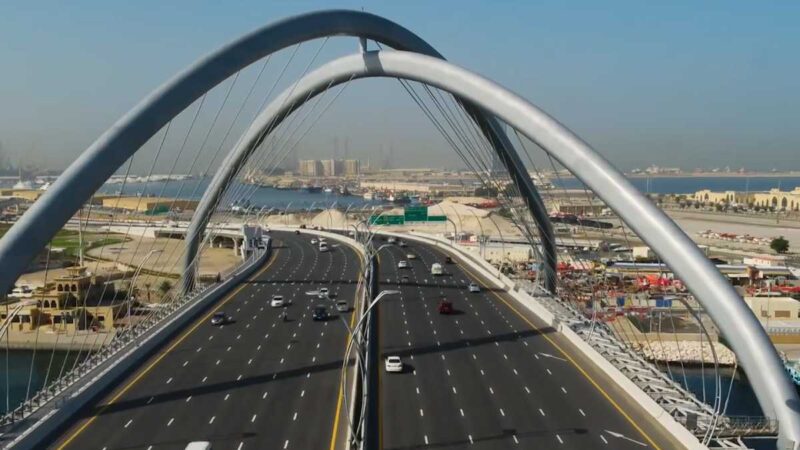
Hessa Street Revamp: Addressing Intersections and Capacity
The Hessa Street improvement project, with a budget of Dhs689 million, is set to enhance four main intersections and widen the road to accommodate four lanes in each direction over a 4.5-kilometer stretch. By doubling the number of lanes and optimizing key intersections such as Sheikh Zayed Road, First Al Khail Street, Al Asayel Street, and Al Khail Road, this initiative aims to cater to the needs of approximately 640,000 residents by 2030, thereby enhancing connectivity and reducing congestion along this crucial corridor.
Al Shindagha Corridor: Enhancing Connectivity and Accessibility
The ongoing Al Shindagha Corridor Improvement Project, currently in its fourth phase, represents a significant investment in Dubai’s transportation infrastructure. With a contract worth Dhs800 million, this phase involves extending the corridor along Sheikh Rashid Road, spanning 4.8 kilometers from the intersection with Sheikh Khalifa bin Zayed Street to the Falcon Interchange on Al Mina Road. By constructing three bridges capable of accommodating 19,400 vehicles per hour and enhancing connectivity between Bur Dubai and Dubai Islands, this project aims to streamline traffic flow and improve accessibility across the city.
Umm Suqeim Road Project: Optimizing Traffic Flows
The Umm Suqeim Street Project, awarded a Dhs332 million contract in January, represents a crucial effort to alleviate traffic congestion in Dubai. This project entails extending the intersection with Al Khail Road to the intersection with Sheikh Mohammed bin Zayed Road, including the construction of two bridges with three lanes in each direction and three pedestrian bridges. Once completed, this initiative is expected to reduce travel times by up to a third between Sheikh Mohammed bin Zayed Road and Al Khail Road, thus enhancing mobility and efficiency along this vital corridor.
In conclusion, Dubai’s ambitious road projects underscore the city’s commitment to addressing traffic congestion and improving the overall quality of life for its residents and visitors. By investing in infrastructure upgrades and implementing innovative solutions, the RTA aims to create a more sustainable and efficient transportation network that meets the needs of a growing population. With these transformative initiatives underway, Dubai is poised to emerge as a global leader in urban mobility and transportation innovation.

